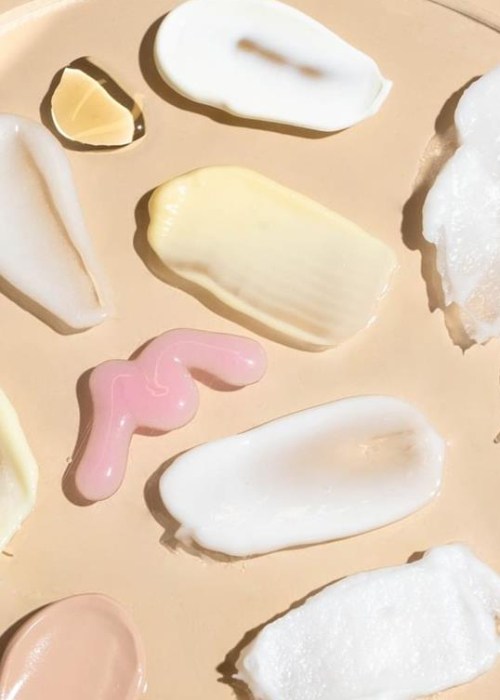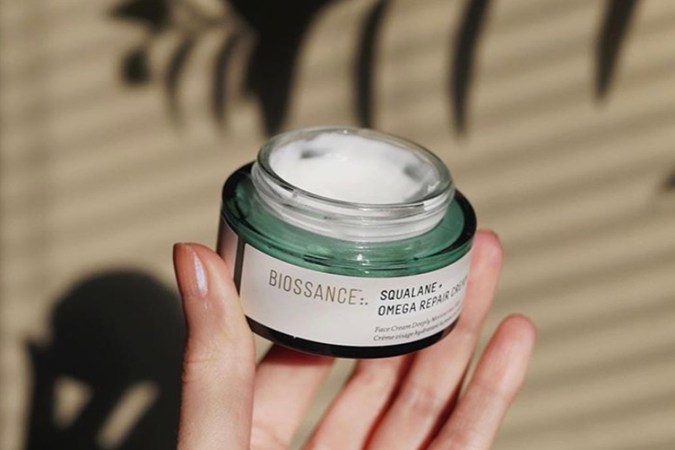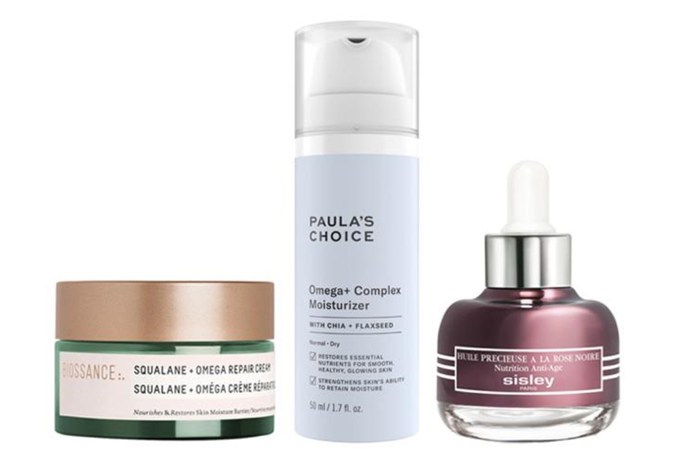Our diet and lifestyle play a big part in the health of our skin.
And if you've ever looked into foods to encourage a
youth-boosting glow, chances are you've been recommended to up your dose of salmon, mackerel and anchovies, or to try a fish oil
supplement.
Why? Because they all contain a big dose of omega-3 fatty acids, known for
fighting skin dryness, redness and irritation.
But if fishy foods aren't your thing, perhaps slather-ready creams,
serums and lotions are?
Omegas are now found in skincare, and according to the experts, the ingredient couldn't be better for treating our
winter skin.
BEAUTYcrew spoke to Desiree Stordahl, Paula's Choice Senior Research and Education Manager, and Ramya Viswanathan, Senior Product Development Manager at Biossance, to get the lowdown.
Both are beneficial for the skin, but the omegas in skincare work in a different way and often come from a different source (ie. fish-free).
"For years, research has shown oral intake of omegas can
increase hydration levels in skin, improve barrier function, and inhibit UV-induced inflammation," says Stordahl. "Likewise, recent research has revealed you can get those same kinds of benefits by applying omegas topically."
When it comes to skincare, omega-3 is utilised, along with omega-6 and omega-9.
"Omega-3s are found in flax seed oil, chia oil, hemp seed oil, and certain species of algae," explains Stordahl. "Omega-6 is abundant in many plant oils, such as grapeseed and passionfruit, and examples of omega-9 include soy, meadowfoam and sunflower oils."












